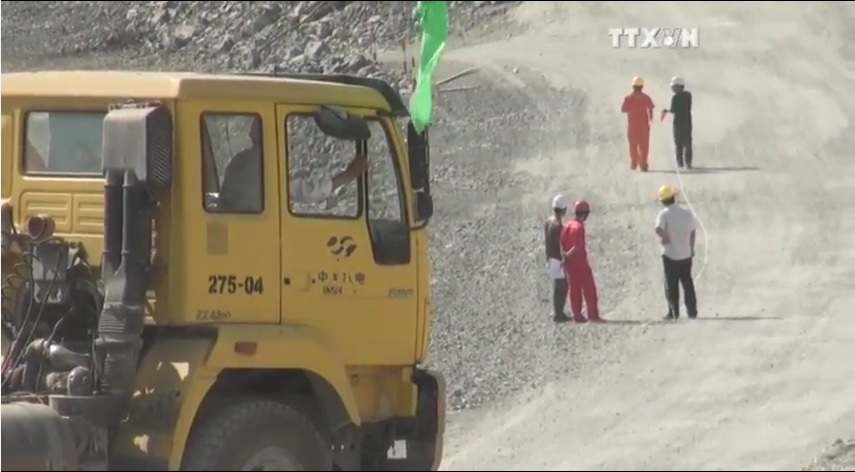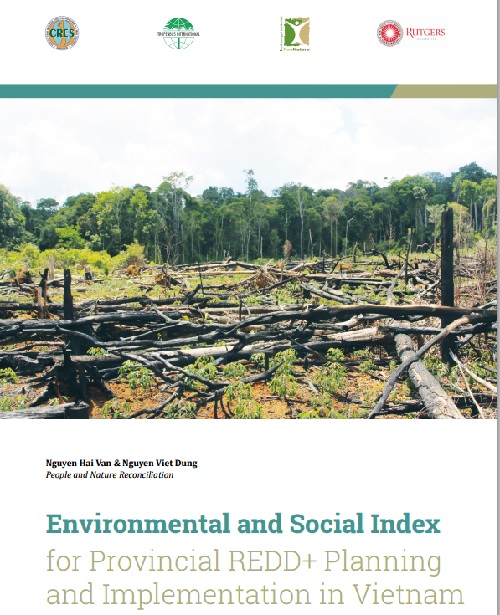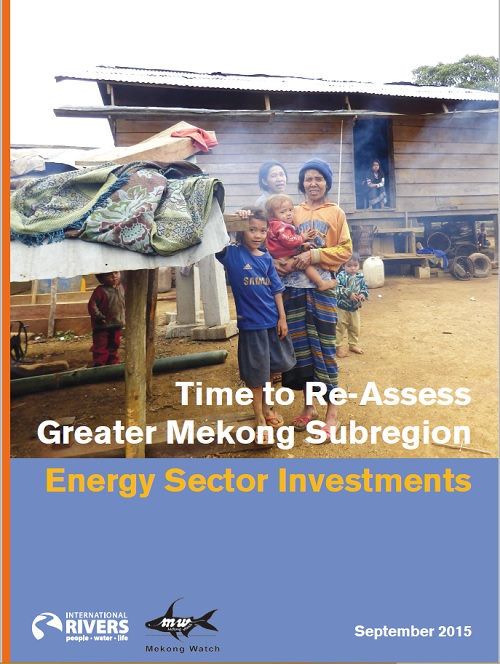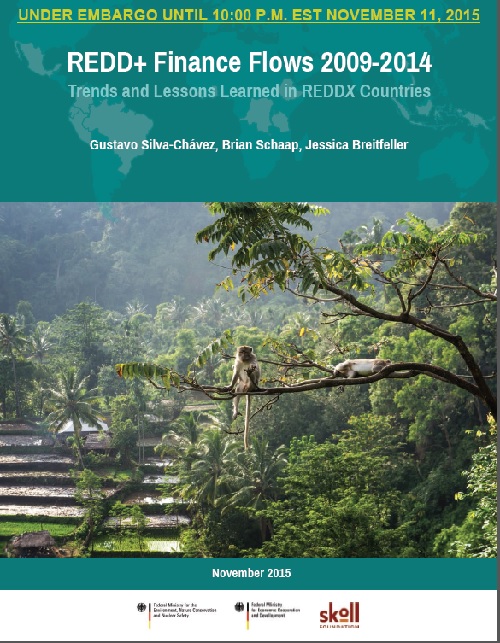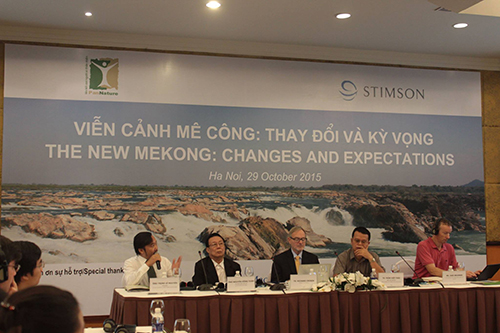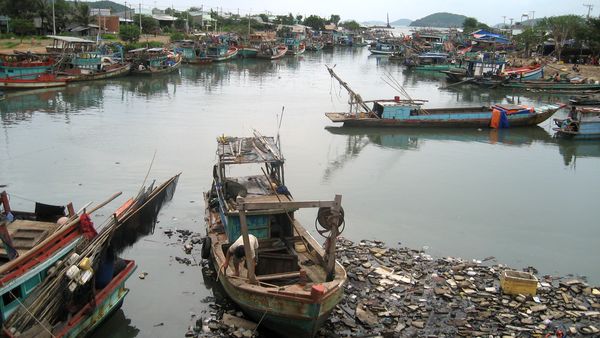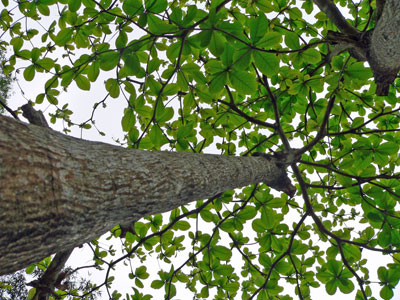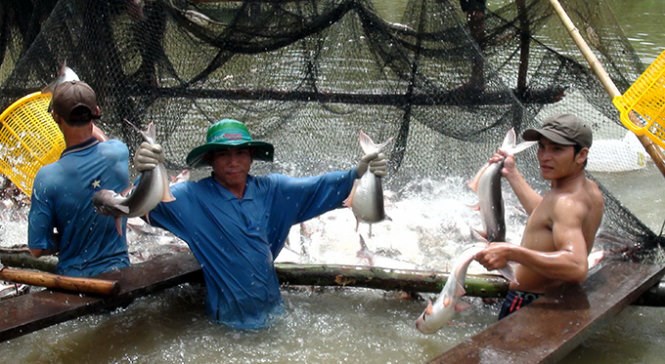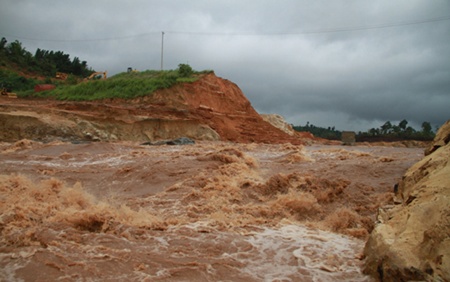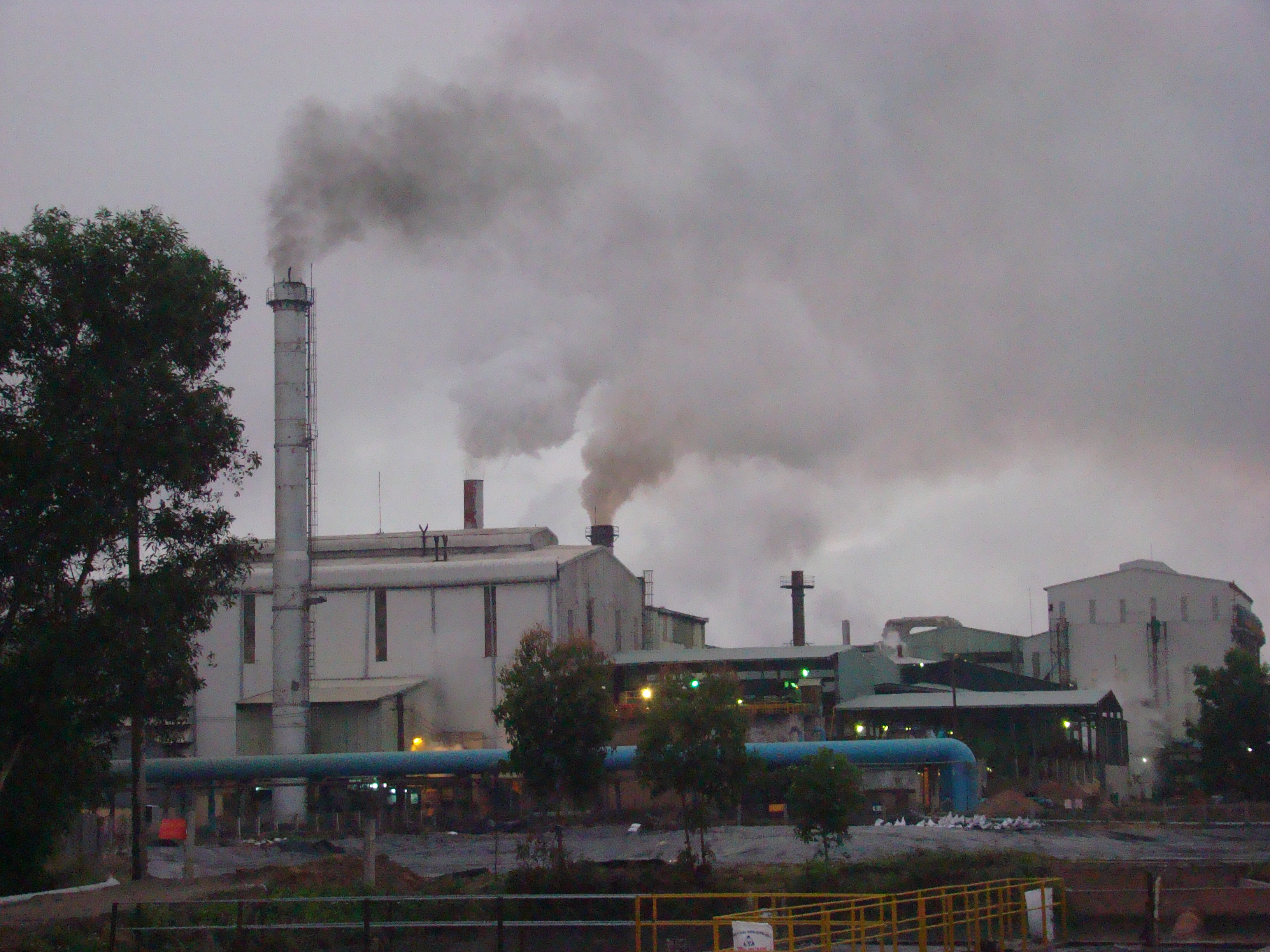ASEAN’s special role in managing energy decisions
Mekong countries’s chronic shortage of electricity which threatens to stymie economic growth, could be eased by pushing for acceleration of plans by the Association of Southeast Asian Nations (ASEAN) for a regional power grid. Cross-border electricity swaps are growing as the 10-country bloc moves towards the goal of a single market by the end of 2015. And hydropower is among those plans. However, Damming the Mekong River can causes widespread controversy in South East Asia. Lower Sesan 2 dam on Mekong river in Cambodia is a typical example.

